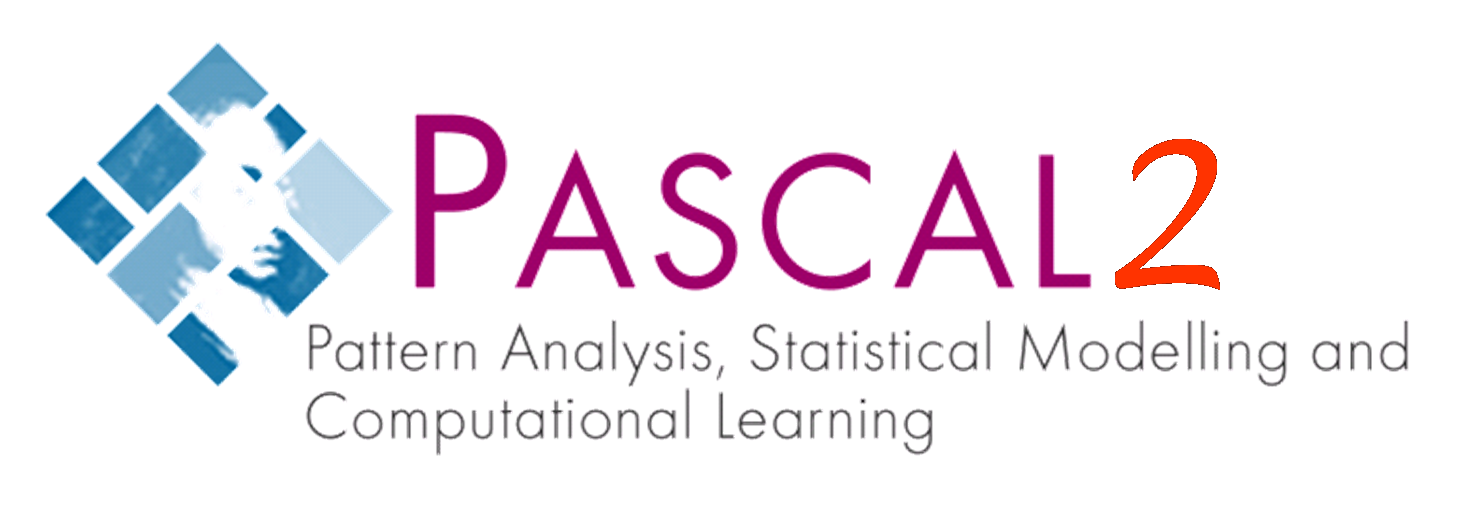 
WelcomeMetabolic Modelling and Analysis: Techniques for Understanding Cellular Metabolism
Introduction Metabolic modeling and analysis play a crucial role in unraveling the intricacies of cellular metabolism. As researchers delve deeper into this field, it becomes increasingly important to employ effective techniques that shed light on the complex mechanisms governing metabolic pathways. If you're a researcher seeking assistance with understanding or analyzing cellular metabolism, you may find our services helpful. At https://specialessays.com/do-my-excel-homework/ writers in a wide range of scientific and computational tasks, including assistance with simple tasks like "Could you do my excel homework." In this article, we will explore various techniques for metabolic analysis, their applications, and the future directions of this exciting field. What is Metabolic Modeling? Metabolic modeling involves creating mathematical representations of cellular metabolism to gain insights into its behavior. These models can be classified into different types, such as stoichiometric models and kinetic models. Stoichiometric models focus on the balance of chemical reactions, while kinetic models account for the rates of reactions. Researchers employ metabolic modeling to study and simulate cellular processes, understand metabolic fluxes, and predict cellular behavior. Techniques for Metabolic Analysis Flux Balance Analysis (FBA) Flux Balance Analysis (FBA) is a widely-used technique in metabolic modeling that allows researchers to assess the flow of metabolites through a metabolic network. FBA relies on steady-state assumptions to calculate the optimal distribution of metabolic fluxes, considering constraints and objectives. By applying FBA, researchers can predict metabolic phenotypes, identify key metabolic pathways, and optimize production yields in industrial biotechnology. Constraint-Based Modeling (CBM) Constraint-Based Modeling (CBM) is another valuable technique in metabolic analysis that utilizes linear programming to explore feasible metabolic states. CBM considers constraints derived from experimental data, such as nutrient availability and reaction capacities, to simulate and analyze metabolic networks. Researchers have successfully used CBM to investigate microbial metabolism, predict metabolic responses to genetic perturbations, and design metabolic engineering strategies. Dynamic Modeling Dynamic modeling approaches, such as ordinary differential equations (ODEs), enable researchers to capture the temporal behavior of metabolic systems. Unlike static models, dynamic models account for the changes in metabolite concentrations over time, allowing for a more comprehensive understanding of metabolic regulation and response dynamics. Dynamic modeling has been instrumental in studying oscillatory behavior, metabolic control analysis, and drug-target interactions in cellular metabolism. Data Integration and Visualization Importance of Data Integration in Metabolic Analysis Effective data integration is essential for comprehensive metabolic analysis. By combining experimental data from various sources, including metabolomics, proteomics, and transcriptomics, researchers can construct more accurate and reliable metabolic models. Data integration facilitates the identification of metabolic pathways, the discovery of novel enzymes, and the elucidation of metabolic interactions. Tools and Techniques for Data Integration Several tools and techniques aid in the integration of heterogeneous data for metabolic analysis. These include pathway databases, computational tools for data mining, and statistical methods for data integration. Researchers can leverage these resources to merge and harmonize diverse datasets, enabling a holistic understanding of cellular metabolism. Visualization Methods for Metabolic Networks and Pathways Visualizing metabolic networks and pathways is crucial for conveying complex information in a concise and intuitive manner. Network visualization tools, such as Cytoscape, enable researchers to present metabolic models visually, highlighting key reactions, metabolites, and regulatory interactions. Visualization aids in the identification of metabolic bottlenecks, the exploration of metabolic variations, and the communication of research findings effectively. Challenges and Future Directions Current Challenges in Metabolic Modeling and Analysis Despite significant progress, metabolic modeling and analysis still face challenges. These include limited availability of high-quality experimental data, uncertainty in parameter estimation, and the need for computational resources to handle large-scale models. Overcoming these challenges will require collaborations between experimentalists, modelers, and computational biologists. Emerging Technologies and Methodologies Exciting developments are shaping the future of metabolic modeling and analysis. Advancements in omics technologies, such as metabolomics and proteomics, offer unprecedented opportunities for data-driven modeling approaches. Additionally, machine learning and artificial intelligence techniques are being applied to enhance the accuracy and predictive capabilities of metabolic models. Potential Future Applications and Advancements Looking ahead, metabolic modeling and analysis hold immense potential in various areas. From personalized medicine to biofuel production, the ability to understand and manipulate cellular metabolism opens doors to innovative solutions. Enhanced modeling techniques, improved data integration methods, and advancements in experimental technologies will contribute to further breakthroughs in this field. Conclusion Metabolic modeling and analysis serve as powerful tools for unraveling the complexities of cellular metabolism. Through techniques such as FBA, CBM, dynamic modeling, data integration, and visualization, researchers can gain invaluable insights into metabolic pathways, predict cellular behavior, and drive advancements in various domains. As this field continues to evolve, collaborations and interdisciplinary approaches will foster new discoveries, paving the way for exciting applications and advancements in our understanding of cellular metabolism. |